Cows are one of the most important domestic animals which are considered to be holy animals, especially in India. Cows benefit humans as well as the environment in many ways. They are the most beneficial domestic animals. They are raised as dairy animals for milk and different dairy goods and as draft animals.
Cow dung is likewise used as fuel all around the country. Cattle in India has important religious meaning as well. Cow, in India, affords us with the needs for our farming activities in Agriculture. It helps us in the transportation of our goods, works in our agricultural lands.
It offers us medicine; it saves the crop from pests, insects and fungi. In many rural areas, cows are likewise saved as pets presenting with benefits. From milk to cow dung, every element of the cow is used by man. It’s also considered the sign of purity and sacredness in India. They worship cows during certain festivals and occasions.
They believe that after the mother’s breast milk, the desi cow’s milk is considered to provide complete nutrition and energy. It’s the first animal milk consumed by humans. Cow milk is like nectar because it’s amino acids which make its protein easily digestible.
Read More : Desi Cow Ghee for Menopause – Women Health
It’s good for the kidney. It’s a fashionable source of Vitamins like B2, B3 and A which help increase immunity. Cow Milk helps in reducing acidity and chances of ulceration. It also helps in reducing chances of colon, breast and carcinoma. Cow milk also helps in the prevention of the formation of serum cholesterol. it’s one of the most effective natural anti-oxidants.
Many years back when most of the population resided in villages, cows were a part of their families. But now, people have migrated to cities and the population in villages is reducing. Besides these changes, we can still see that cows are domesticated for personal use or business purpose.
Like other living organisms, the cow also has a life cycle consisting of birth, weaning period, breeding period, gestation and parturition etc. Let us know more about the life cycle of the desi cow.
1. Birth
If the desi cow has to produce milk they need to give birth, to their young ones i.e the calves. The mother cow is placed in a clean and dry place away from other cows during the last 2 months of its gestation period. If the calf is in the proper position for birth it will not require any human assistance.
Once the calf is born the mother cow licks its young ones as it may attract the predators in the wild. She will nuzzle her calf in the direction of the udder so that the calf sucks the milk consuming mother’s milk which is also called the colostrum is very important for the calf as the milk has several nutrients and immunoglobulins.
The calf is separated from the mother cow so that they do not get too attached to each other. If the calf is left with the mother it will allow the stock keeper to take milk for his consumption. If the calf is a male it is used as a source of semen or for future breeding purposes. Whereas, the female has higher importance as she produces milk.
2. Weaning age
Weaning age is the age when the calf is transferred from a milk diet to dried food for one to two weeks. They are given such foods to develop their stomach. At around 8 weeks the calf is usually weaned. During the weaning period, the calf is vaccinated against bacterial and viral diseases. They are even dehorned and the extra teats are removed.

Buy Pure Desi Cow Ghee Online : Order Now. Free Shipping
3. Heifers
The female desi cows which are above 6 months of age and have not yet given birth to their young ones are called heifers. The puberty period of the desi cow depends on the weight and breed. The heifers are aimed to be pregnant at the age of around 15 months of age. They believe that if the desi cows give birth until 2 years of age there is a greater production rate. If the calf is underweight it is left to grow until it reaches the target weight.
4. Reproduction
The oestrous cycle
The cow enters the oestrus for 18-24 days until and unless the cycle is interrupted by pregnancy. The estrus lasts for about 18 hours of time and the ovulation starts approximately about 12 hours after the stoppage of estrus.
The oestrus or heat period can be noticed in the cows due to behavioural changes. The visible changes are anxiety, excitation, moo’s and she will be trying to mouth others or get mounted.
When the cow is “on heat”, it is sexually active and will accept the male and the mounting takes place. In this stage, there is more vaginal mucus released. Optimal conception is achieved when the insemination happens towards the end of the oestrus.
Gestation period
The gestation period is the period in which the embryo grows or develops inside the mother’s body before she gives birth. The gestation period of desi cows is about 283 days. She should be fed a good diet so that she grows well during pregnancy.
Parturition
The action of giving birth to the young ones is called parturition. There are three stages during parturition. The first stage is the dilation of the cervix. Before 2-6 hours of completion of the parturition, the cow undergoes dilation of the cervix.
There will be few behavioural changes where you can observe that the cow is being discomforted, there is an increased release of mucus. Stage two is the active process in which the cell membranes or the water bag appears at the vulva. The cow makes progress with each strain to push the calf out. And the third stage of the parturition is the shedding of the placenta. It occurs in less than 8 hours of parturition.
5. Lactation
The cow produces milk just after it gives birth to the young ones or even before it gives birth. The first milk will be fed to the calf and later the cow is milked once or twice a day. The desi cow can produce milk for about 10 months after the birth of the calf which is approximately 305 days.
After 10 months the cow will stop producing milk and attain the stage of “dry period”. During the dry period, the cow’s body is given rest and the cow is given a chance to rebuild and resynthesize the milk-producing process.
The dry period continues for 60 days. Later the cow will calve again. In cows, the dry period of 60 days to calving and 40 days after calving do not milk. Thus they produce a high volume of milk, this period is called the transition period.
6. Death
The cow can live for about 20 years of age.
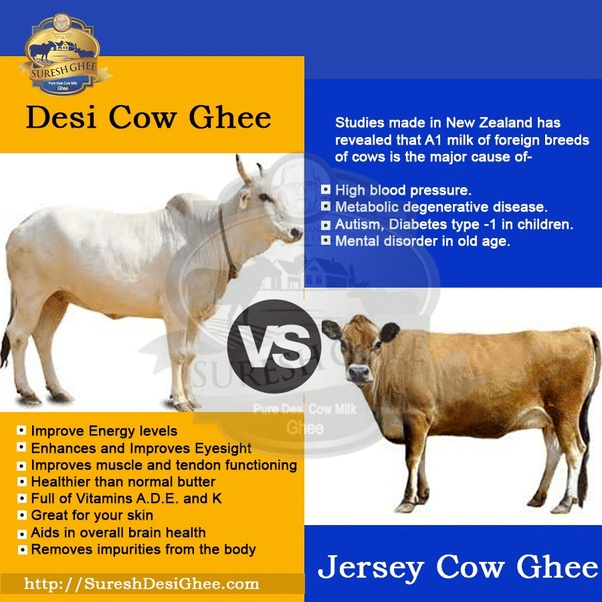
How is cow beneficial to the society during its lifetime?
Cow milk
Milk is rich in nutrition and is loaded with calcium which has several benefits. The structure of A2 variety milk is similar to the human milk beta-casein chain which does not produce the compound BCM7.
Thus it is said that A2 milk supports easy digestion. As it is high in Omega 3 and 6, Vitamins, Calcium, Iodine, Minerals and antioxidant beta-carotene etc. A2 milk has shown medicinal benefits.
Desi cow ghee
The desi cow ghee is one of the auspicious food supplements which is also known as a “Superfood” in one’s diet. We prepare the pure desi ghee from A2 milk from our own Sahiwal breed cows. Sahiwal is a breed of Zebu cattle. It is also considered the best milch cattle breed.
It is capable of giving up to 20 litres of milk at a time. Due to the presence of this additional allele, Sahiwal breed milk acts as a blessing to humanity which in turn is helpful in curing several diseases like cholesterol, diabetes and heart problems. And this is the reason Sahiwal is considered an important cow breed. We do not use any artificial equipment or supplement in the cow’s diet. A2 cow ghee is made with A2 milk with a Vedic process. You can buy organic grass-fed desi cow ghee which is also called Vedic A2 ghee at our online store. Visit our website https://sureshfoods.com/ to know more.
Importance of indigenous (Desi) cow
Desi cattle has been an area of the Indian lifestyle for ages. It’s helped mankind in farms to plough, on roads to hold loads, reception with milk and with urine & junk for several other uses in day to day life. Desi cow is not only seen as a source of fulfilling needs but also can be your friend and revered with a motherly status & often called “Gau Mata”.
Indian history is additionally crammed with stories that underline the importance of cows. Gopal (who is the guard of cows), one of many names given to Lord Krishna in his childhood days at Gokul. He was called so as he was accustomed to taking special care of his cattle while he took them for grazing.
Shri Krishna, though cast a Kshatriya by birth, spent his childhood at Gokul in Nand’s household, who was a king of dairy farmers. He set the importance of cow protection to the next level by turning himself into Gau-Sevak.
The message delivered by Shri Krishna is even more useful for today’s also…“Humans depend upon cows to satisfy their needs of day-to-day life. Cows ought to be protected for humans to survive.”
At Govigyan, we believe in this philosophy. Many years ago, we started our journey towards unearthing the importance of desi cow for mankind. Our tradition further endorses the greatness bestowed on the desi cow by our ancestors and further the importance of it to develop a superb nation.
Benefits of Cow milk and ghee:
- Cow Ghee helps in the growth and development of Children’s brain
- Helps in improving digestion and absorption of fat soluble vitamins
- It helps in making teeth and bones strong
- Good heart health
- Prevention from diabetes
- Complete nutrition helps in growth and development of the figure
- Boosts up the immunity system
Read More : – Why opt for A2 Desi Cow ghee?
Organic fertilizer
The desi cow dung and urine is used as an organic fertilizer in farms and gardens. Cow dung is rich in nutrients and organic materials.
Biogas
Biogas is a mixture of colourless and flammable gas which is typically made of methane, carbon-dioxide and other traces of gases. Thus, cow’s urine and dung is also used in biogas with plant based organic waste.
FAQ
Maintaining exotic cows in India includes multiple beneficial factors to assure their well-being and productivity. Some main considerations involve:
Dietary Needs: Ensure to provide a balanced and nutritious diet prepared according to the particular breed of exotic cow. Such a diet should involve quality forage, concentrates, essential vitamins, and minerals.
Shelter: Build a comfortable and well-ventilated shelter to shield exotic cows from intense weather conditions, that is heat, cold, and rain.
Healthcare: Proper veterinary check-ups are necessary to track the health of exotic cows. Scheduled vaccinations, deworming, and preventive steps against common diseases should be introduced.
Hygiene: Consistency in cleaning of the shelter, systematic waste disposal, and assuring the cleanliness of feeding and watering areas add towards the entire health of exotic cows.
The optimum temperature range for both beef and dairy cattle comes between 41°F and 77°F. Within such a temperature range, cows go through optimal conditions associated with health and well-being. Although, it’s beneficial to ensure several environmental aspects such as access to shade, accessibility to water, relative humidity, diet, and the surrounding vegetation and terrain.
Although many cows produce some A2 β-casein, particular breeds are well-renowned for predominantly producing A2 milk. Breeds like Sahiwal cow’s milk are rich in A2 β-casein.

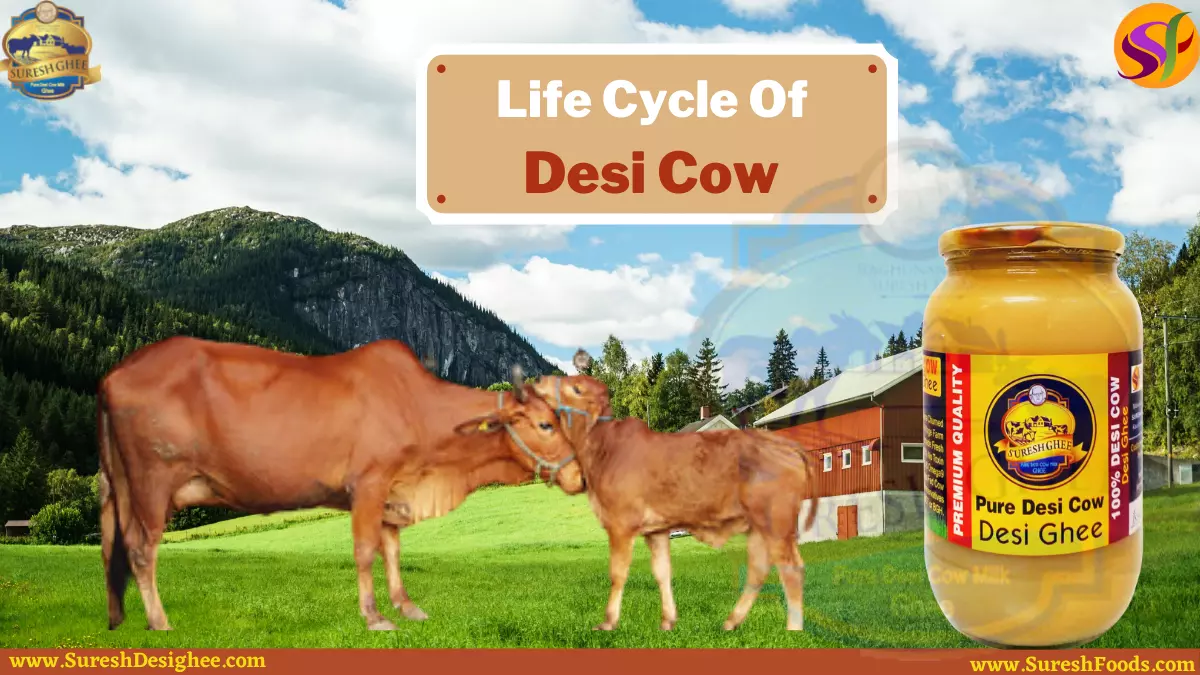


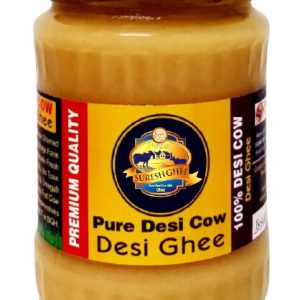
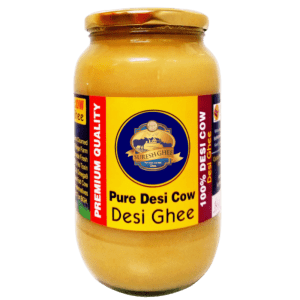
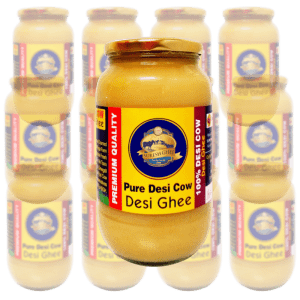
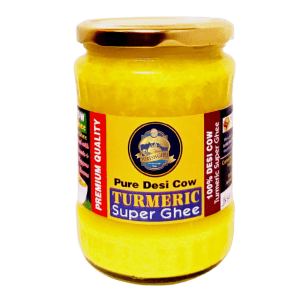
 WhatsApp us
WhatsApp us
Naveen m...